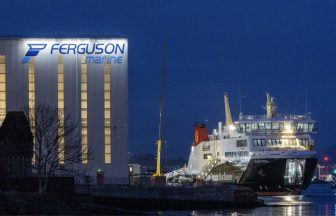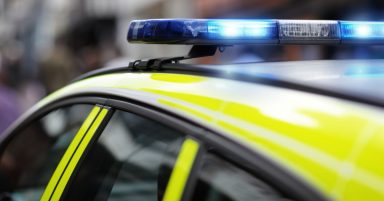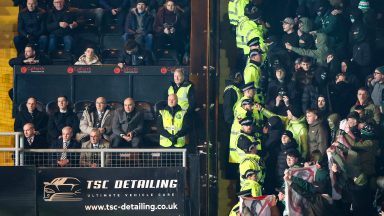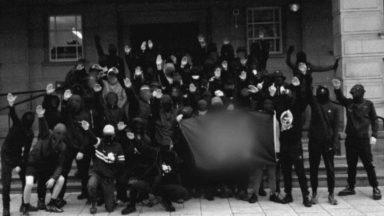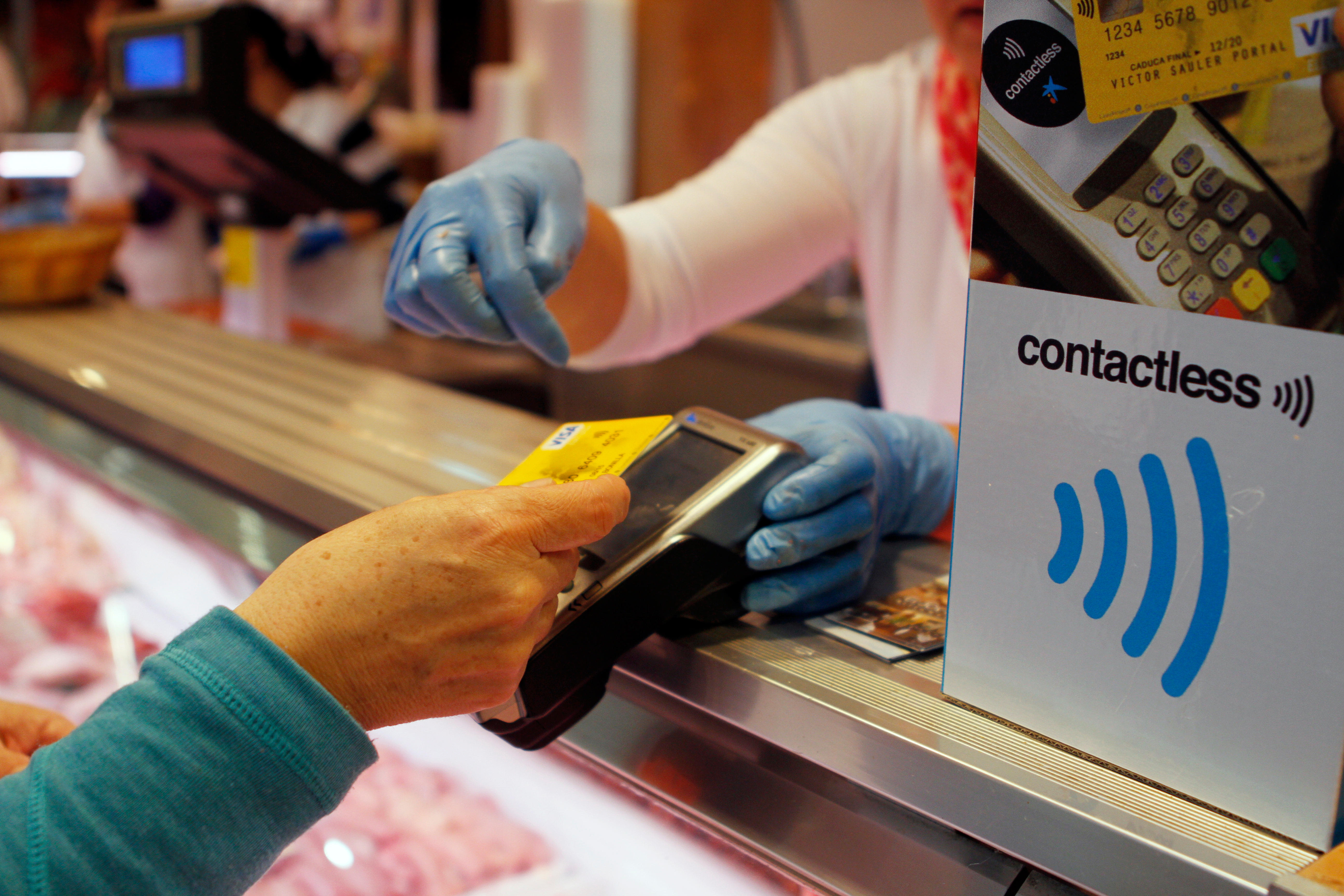Queen Elizabeth II has died aged 96 at Balmoral Castle in Aberdeenshire.
A mourning period has begun and will culminate in Her Majesty’s funeral in around ten days’ time.
Here’s what you can expect to happen on Friday:
The day the monarch dies is traditionally known as ‘Day of Death’ – or D-Day or D+0 – under plans codenamed London Bridge.
But because the announcement from Buckingham Palace was made late – around 6.30pm on Thursday, September 8 – the plans have been shifted to allow complicated arrangements to be made.
That means Friday, September 9 will be considered D-Day.
The new King Charles and Queen Consort – Charles and Camilla – will return to London from Balmoral, where they stayed overnight.
Charles will have his first audience with new Prime Minister Liz Truss and then is likely to meet the Duke of Norfolk – who’s in charge of the accession and the Queen’s funeral.
The new King will also decide on the length of mourning for members of the royal family and households, which is expected to last a month.
Meanwhile, the government will confirm the length of national mourning, which is likely to be around 12 days, from now up to the day after the Queen’s funeral – expected to be held on Monday, September 19.
They will also announce that the funeral day will be a public holiday in the form of a Day of National Mourning.
Union flags on royal buildings will continue to fly at half-mast, while bells and gun salutes will be tolled and fired at Westminster Abbey, St Paul’s Cathedral and Windsor Castle.
Later on Friday, the King will make a televised address to the nation, in which he will pay tribute to the Queen and pledge his duty to his service as the new sovereign.
And a service at St Paul’s Cathedral will be attended by the Prime Minister and senior ministers.
Follow STV News on WhatsApp
Scan the QR code on your mobile device for all the latest news from around the country







